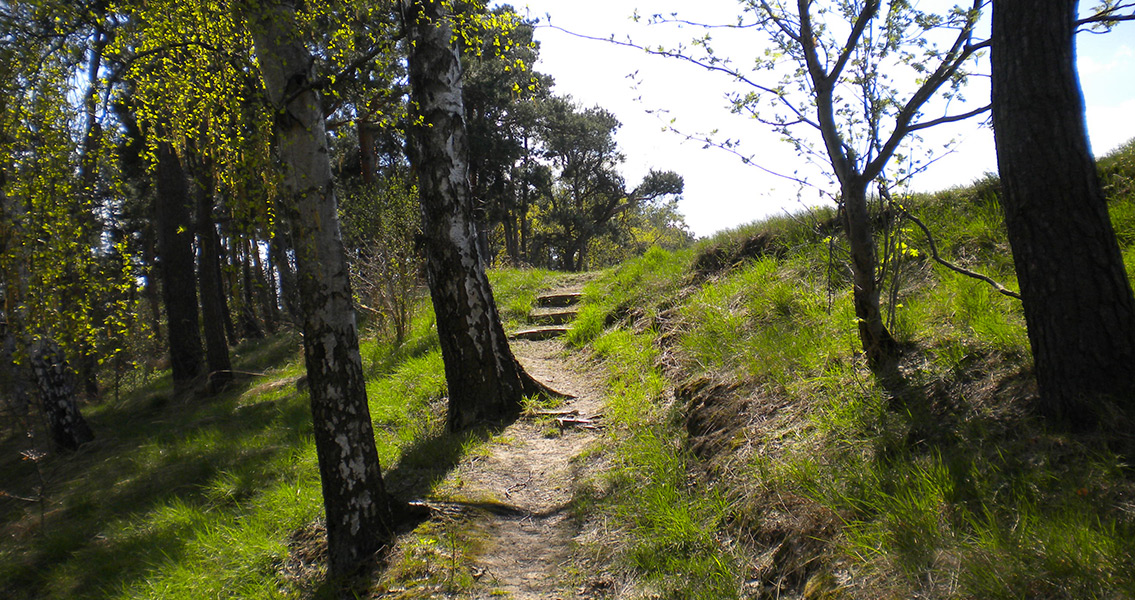<![CDATA[An ancient, 8,500 year old cemetery discovered in Europe has yielded an odd burial where an individual was laid to rest in an upright position. The Gross Fredenwalde cemetery, named after the nearby village in Germany, dates back to the Mesolithic – a period of time dominated by hunter-gatherer societies. So far, the remains of nine individuals have been recovered from the burial site, with more than half of them being under the age of 6 at the time of their deaths. The two most noteworthy graves however, are of a male buried upright and thought to be around 20 years old, and a six-month-old child. The discovery of so many Mesolithic graves so close together is a rarity according to Bettina Jungklaus, a forensic anthropologist involved in the excavation. In an interview with National Geographic, Jungklaus remarked that since the predominant culture of the time was nomadic, most humans during the Mesolithic would have been highly mobile. Additionally, the site – discovered between 2013 and 2014 when excavations found it on a high hill 300 feet above the surrounding plains - consisted of rocky, unyielding soil making it difficult to dig even one grave, let alone at least nine. Settling near or on the hill would have been problematic as well, as there were no water sources to speak of nearby. Likely to be the first example of a true cemetery in Scandinavia or Northern Europe, the site came as a surprise. Researchers such as Erik Brinch Petersen from the University of Copenhagen remarked that hunter-gatherers would routinely bury their dead near where they were living instead of separated from their communities. The two noteworthy graves, the infant and the young man, are separated by around 1,000 years, with the infant being buried earliest. The six-month-old was found in remarkably well-preserved condition, and researchers hope that analysis of the remains will be able to determine the sex of the child as well as other types of information such as if it was breastfed or if it’s genetically related to any of the other individuals interred nearby. The young man, by comparison, is thought to have initially been buried only up to his knees; after an indeterminate amount of time, the rest of his exposed remains were buried, alongside a collection of stone tools that indicate he was likely a skilled tool-maker. Comparison with other, similar graves found in modern-day Russia dating to the same time period has led researchers to believe a cultural migration into ancient Europe was likely to have occurred. The large gap of time between the infant burial and the young man’s grave indicates that this site was used for quite a long time as a cemetery, up until the arrival of the earliest farmers into the region. The research study, which was recently published in the journal Quartär, can be found online here Image courtesy of Wikimedia Commons user: Aquilla]]>
Odd Upright Burial Found at Ancient European Cemetery
